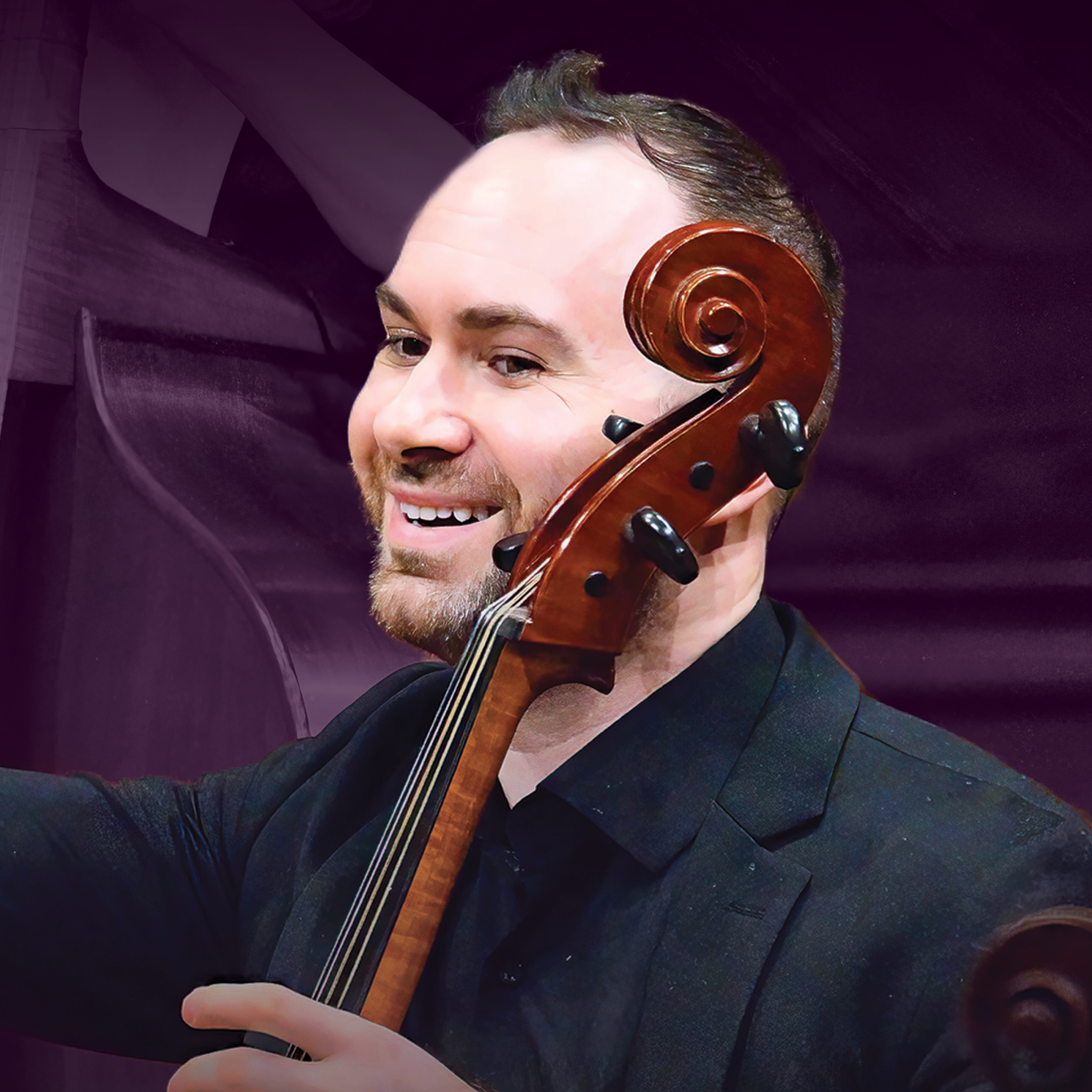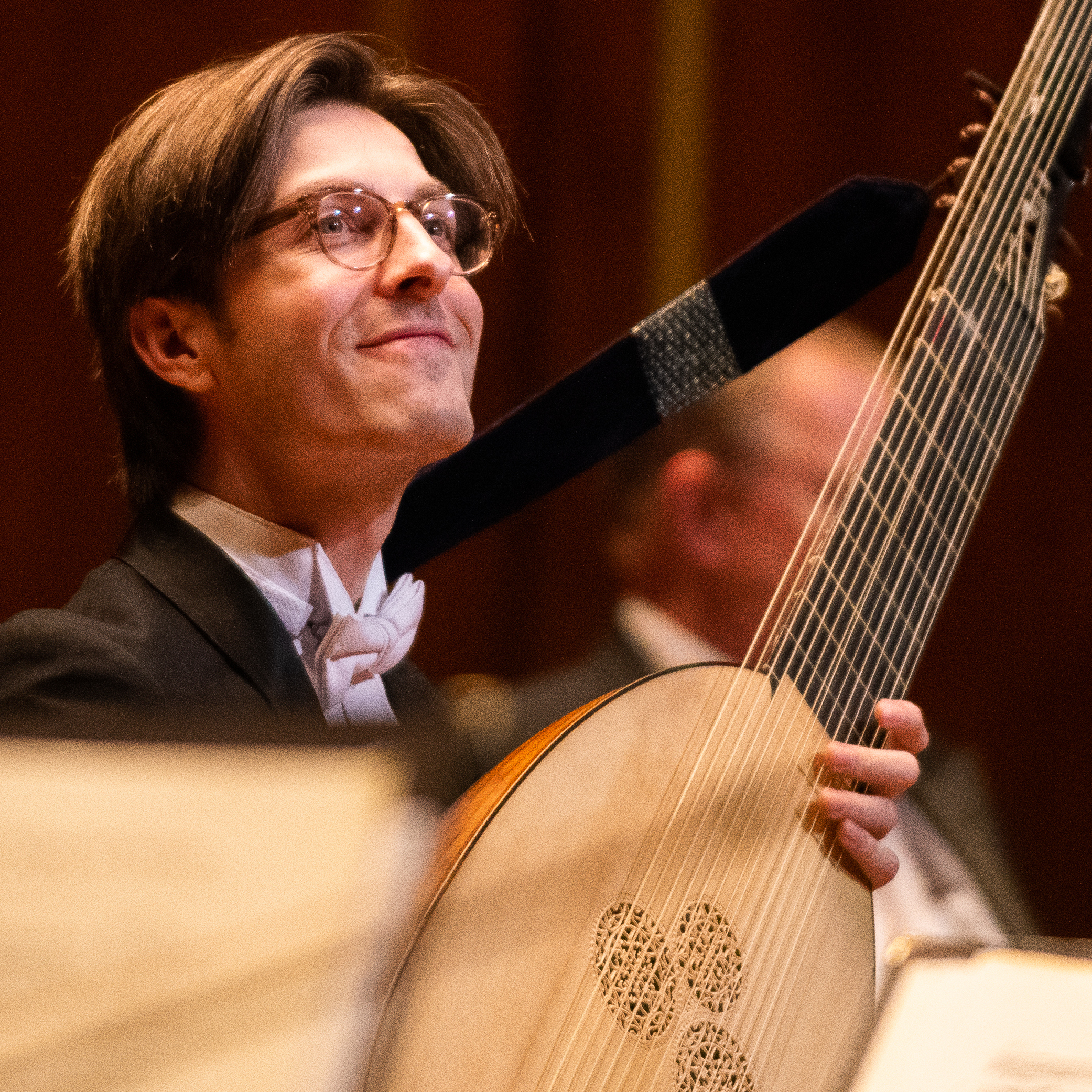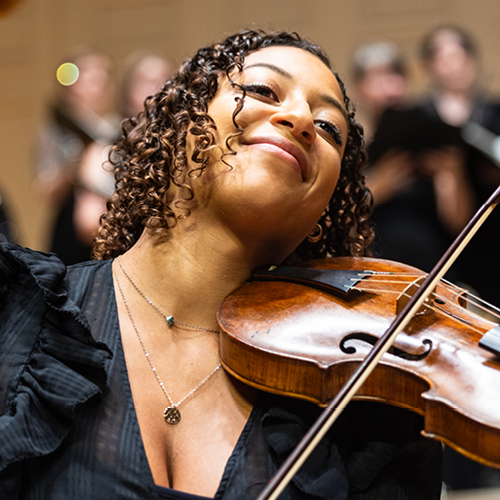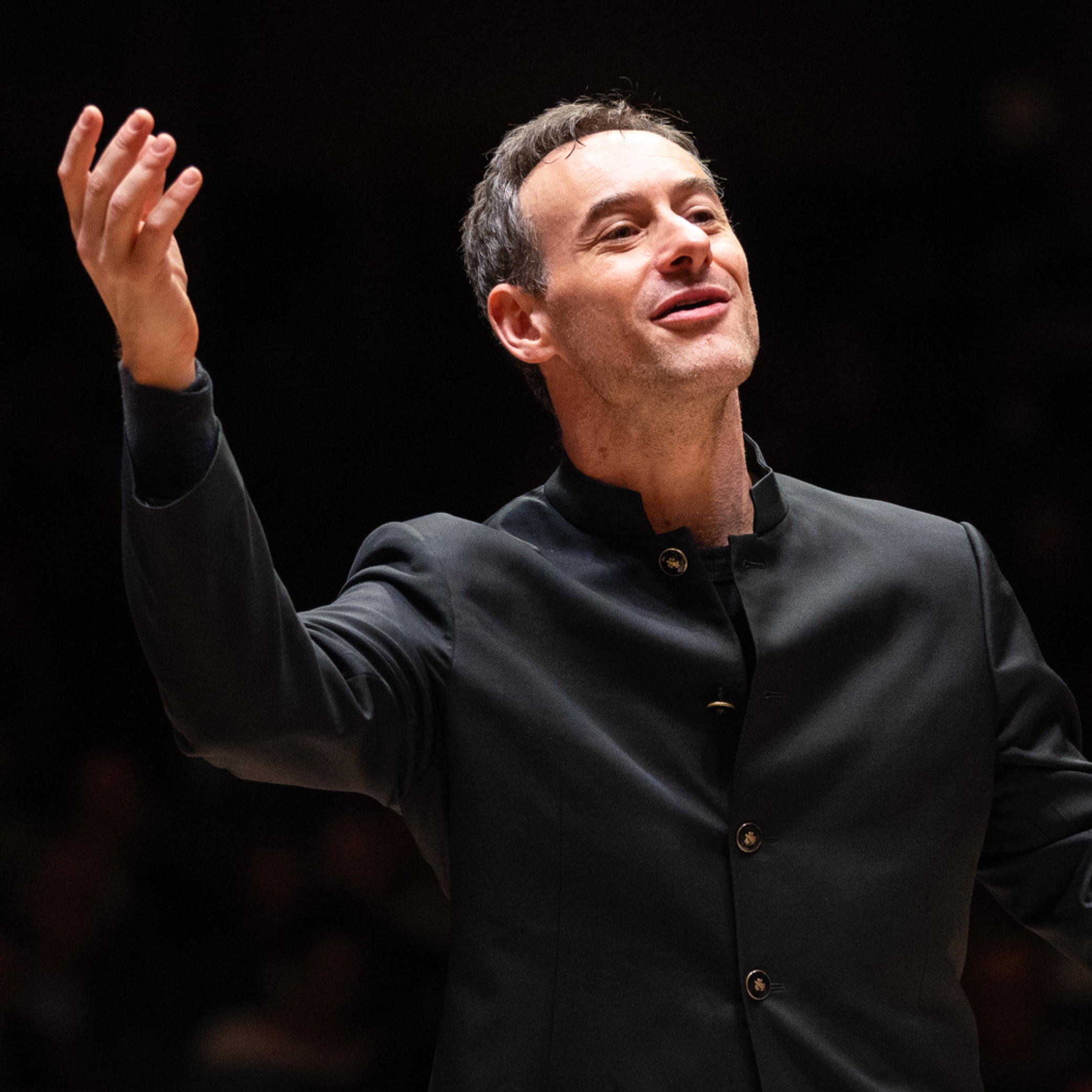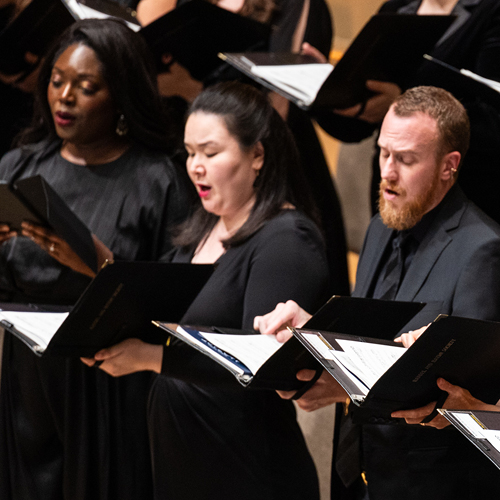
Enhanced Program Notes:
MOZART + HAYDN

Portrait of Joseph Haydn by Thomas Hardy, 1791. Royal College of Music, London.

Portrait of Johann Peter Salomon by Thomas Hardy, 1792. Royal College of Music, London.

Artwork-location: Vienna, Gesellschaft Der Musikfreunde); De Agostini Picture Library / A. Dagli Orti; out of copyright
Wolfgang Amadeus Mozart, posthumous painting by Barbara Kraft, 1819. Gesellschaft der Musikfreunde, Vienna.

Portrait of Leopold Mozart from his 1756 Versuch einer Gruendlichen Violinschule, first edition, 1756

Rear-Admiral Sir Horatio Nelson, 1758-1805 by Lemuel Francis Abbott, 1799. Greenwich Hospital Collection, National Maritime Museum, London.
IN COMMAND
Although only Haydn’s Missa in Angustiis, sometimes translated as “Mass in a Time of Fear” reflects the uncertainties that mark the end of the eighteenth century in Europe, all three works on today’s concert acquired nicknames related to the military. The assignation “Military” for Haydn’s Symphony No. 100 in G major relates to his use of trumpet and percussion instruments in the second movement, while the martial element in Mozart’s Violin Concerto in D major, K. 218—the dotted rhythmic pattern that opens the first movement—is more tangential.
Haydn, Symphony No. 100 in G major, Military
Even while he was employed as the Kapellmeister for the Esterházy house, Haydn’s music was known beyond the court and concert promoters had tried to entice him to make the trip across the Continent. None succeeded until the violinist and entrepreneur Johann Peter Salomon personally came to Vienna in 1790 and, as the story goes, told Haydn, “I am Salomon from London and I have come to fetch you!”. Salomon, born in Bonn, moved to London where he established his reputation as a virtuoso violinist before turning his energies to organizing concerts featuring internationally known artists. Haydn’s first trip (1790-1792) was an unqualified success and a second tour was soon planned. Begun in 1793 for his second London journey, Haydn’s Symphony No. 100 in G major premiered on March 31, 1794.
The first movement begins innocuously with a good-natured Adagio that soon suggests a more imposing character.
Although Haydn appears to have written a new theme for the subsequent Allegro section of the first movement, in fact, he has fashioned this new idea by altering the theme of the Adagio in terms of the orchestration, rhythm, and articulation.
The juxtaposition of the playful and serious that characterize this symphony reaches a climax in the second movement, which reuses material and instrumentation—including clarinets—from an earlier concerto Haydn composed for Ferdinand IV, King of Naples. The graceful themes of the Allegretto are interrupted by the addition of triangle, bass drum, and cymbal, all instruments associated with military bands, specifically those that accompanied troops of the Ottoman empire.
The nickname for this symphony, “Military,” is confirmed with the solo trumpet fanfare that announces this movement’s conclusion. All traces of military music are gone in the Menuet.
The flute, oboe, and strings skip with a short-long rhythm at the start of the Trio section and soon the whole orchestra has joined the dance. Similar to the first movement, the Finale skirts a fine line between the light-hearted and the stern.
Yet, no matter what surprises arise in the course of this movement, Haydn “brings us home” with the return of the opening theme.
Mozart, Violin Concerto in D major, K. 218
There is a lovely family story associated with Mozart’s earliest attempts at playing the violin. One evening Mozart’s father Leopold, an accomplished violinist in his own right and author of an important book on violin technique, was playing music with friends when the young Wolfgang asked to play with the group. Leopold shooed his son away with promises to teach him the instrument one day. Unrelenting, Wolfgang got his way when the second violinist invited him to play along with his part. Leopold instructed his son to play quietly and not annoy the grown-ups, but soon Wolfgang was playing the part alone and, although his technique was described as terrible, it was also said that he did not miss a single note.
The violin was an important part of Mozart’s early professional life. At the age of 13, Mozart was given the honorary title of concertmaster (first violinist) of the archbishop of Salzburg’s orchestra. This position came without pay, but three years later Mozart was officially appointed to the post, which now included a small salary. Most likely written for himself as soloist, the Violin Concerto in D, K.218, was one of three violin concertos Mozart composed between April and December 1775.
The solo violin functions as both a partner to the larger ensemble and the highlighted virtuoso in this concerto. In the first movement, the soloist must be in command of the full sonic and expressive range of the instrument.
With the lush second movement, the solo violin sings alone at first, but is soon joined by the oboe in a brief, but charming, duet.
The last movement, Rondeau, presents two distinct characters within two contrasting tempos. The first character is restrained and carefully proper while the second is carefree—a musical analogy of the composer’s own joie de vivre.
Haydn, Missa in Angustiis, Lord Nelson Mass
Haydn’s mass is known by many names. The autograph score (a score in Haydn’s handwriting) is titled simply missa. Haydn added the title Missa in Angustiis when he listed this work in his personal catalog of pieces. Considering Haydn’s own title coupled with the sense of trial and triumph in the music itself, it is no wonder that audiences associated this mass with Lord Nelson, who defeated Napoleonic forces at the Battle of the Nile in August 1798. News of that victory reached Vienna not long before the mass’s premiere in September.
The trumpet and timpani demand to be heard in the opening of the Kyrie. This, in combination with two alternating figures in the strings—one a four-note descending line and the other triple stops (three-note chords) in the violins—establishes a powerful and complex opening statement.
With the entrance of the soprano solo the military sound ceases and another combination of figures emerges: a downward octave leap paired with a gentler and flowing accompaniment. This sense of ease is an illusion as Haydn does not lessen the harmonic tension in the “Christe” section, so that the return of the opening music is all the more ominous.
Haydn opens the Gloria, a hymn of praise, with a striking soprano solo that feels like a breath of fresh air and releases the pent-up energy from the Kyrie. The seamless interplay between the soloist and chorus defines both this section and the return of the same music for alto solo at “Gratias agimus tibi,” which then draws the music forward harmonically before returning to D major.
With the opening of the “Qui tollis,” Haydn demonstrates how a composer can fashion similar musical lines to evoke profoundly different moods. The bass solo is reminiscent of the opening of the Kyrie but now rendered in the tenderest terms. This subtle musical connection unifies two movements of the mass and deepens the meaning of the text, “You who take away the sins of the world.”
With the “Quoniam tu solus,” Haydn rounds out this movement and the Kyrie-Gloria pairing by reprising the music for solo soprano that opens the Gloria before emphasizing the final line, “in Gloria Dei Patris. Amen.” After a simple statement in the chorus, he builds a fugue with entrances from the bass upwards to the soprano. Just when it seems as if another fugue for the soloists will commence, Haydn breaks that pattern with the soprano entrance before the chorus joins to confirm the closing.
Haydn subdivides the text of the Credo into three main sections. The first, “Credo,” begins with a canon (round) in which the sopranos and tenors are imitated by the altos and basses.
Haydn explicitly represents the text of this section as two distinct parts coming from a single musical line even as he alludes to the larger ideal of many joining together as one.
The next section, Et incarnatus, again re-interprets the idea of two-in-one; it is scored for soprano solo punctuated by the violins who play a variant of the soprano melody. The chorus then takes up the music of the soprano solo before plunging us into the “crucifixus.” Although still musically part of the Et incarnatus section, now the voices and strings are in unison and the militaristic figures from the Kyrie return in the trumpet and timpani. The mood soon transforms into one of meditative contemplation with rising instrumental motives over a long-held bass.
Just as unexpected as the setting of the text “crucufixus” is Haydn’s setting of the opening of the final section, Et resurrexit. Haydn takes nothing for granted as he opens with a fast, rising idea, but in a minor key, reserving the anticipated change to major for “et ascendit” (and ascended). Only at “cujus regni non erit” (whose kingdom will have no end) is the expected major key (D) felt fully. A chant-like setting of “et in Spiritum sanctum” (and the Holy Spirit) expands into a fully orchestrated confirmation at the “amen.”
The opening of the Sanctus leaves one speechless. Once again, Haydn does not opt for the obvious, but begins quietly, almost tentatively, before exclaiming a joyous rising motive that carries through the rest of the section. The somber mood of the Benedictus is established by the extended orchestral introduction and intensifies to militaristic proportions. The soprano solo mediates this to some extent, but only with the “Osanna” does Haydn match the jubilation of the Sanctus.
Recalling the analogous section in the Kyrie, the Agnus Dei begins with soprano solo. Haydn builds the sound through the addition of soloists, reserving the chorus for the Dona nobis pacem, an imitative section filled with such hope and positive energy that even the fleeting references to militaristic music in the trumpet and timpani hold no sway.
Teresa M. Neff | 2020

